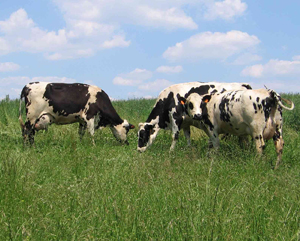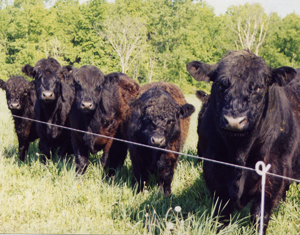By Jim Van Der Pol, Kerkhoven, Minnesota — We are not doing so well with our boys. I know this because I used to be one. Statistics says that boys are twice as likely as girls to suffer and die from physical abuse. They are four times as likely as girls to commit suicide. Learning disabled boys outnumber girls, two-to-one.
Simple observation tells us that most boys reach manhood able to express one emotion only, that being anger. Half of all marriages fail, and in far too many of those failed marriages, the man walks away from the children. Our incarceration rates are now approaching seven per thousand of population, up from a mere one per thousand just 30 years ago. The large majority of prisoners are male. Prison building is our other growth industry along with the construction of suburban McMansions. We have a big problem. Continue reading “Our pursuit of success vs. our boys”






